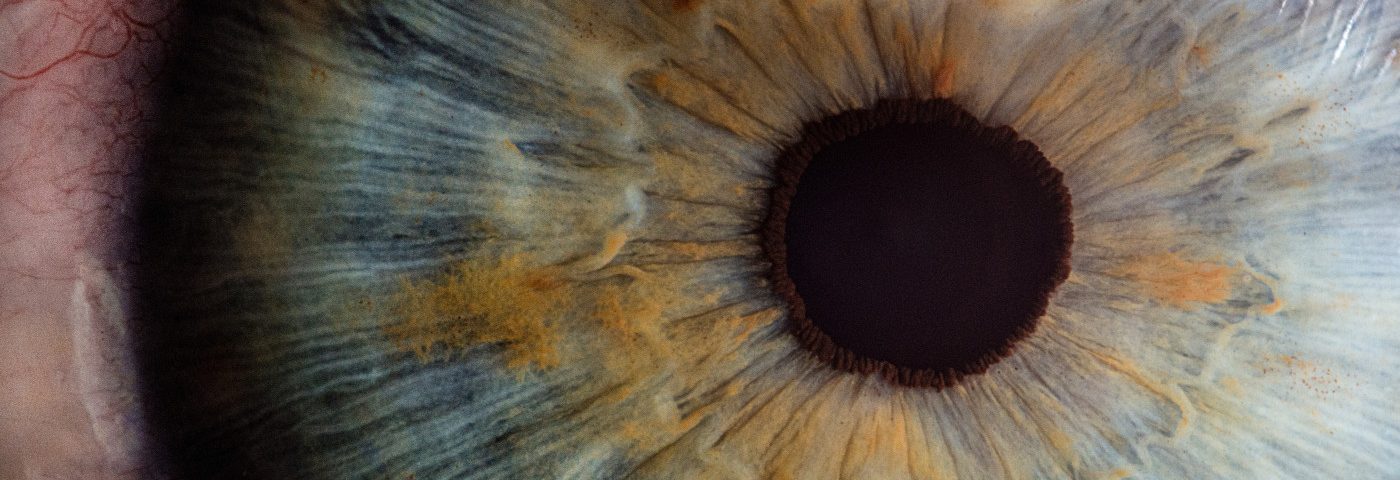A diluted povidone-iodine (PVP-I) solution successfully cured a corneal ulcer where other medications had failed, a case report found.
If replicated in future studies, this result indicates that PVP-I, a broad-spectrum antiseptic, could be a useful in treating corneal ulcers, one of the manifestations associated with neurotrophic keratitis (NK).
The case report, “Corneal Ulcer Treated with 0.66% Nanoemulsion Povidone-Iodine: A Case Report,” was published in the peer-reviewed American Journal of Case Reports.
NK is a rare eye disorder, in which the nerves serving the cornea — the transparent front part of the eye that works like a window to focus the entry of light into the eye — fail to function properly. This leads to lesser or a loss of sensation in the cornea, spontaneous breakdown of the corneal epithelium (the outermost layer of the cornea), and difficulty healing.
Many things can cause NK, including herpes viruses, dystrophies, and overuse of topical eye medication.
Corneal ulcers are among the signs and symptoms of NK. But they can also be caused by other diseases, including infection, inflammatory disease, dry-eye or autoimmune diseases.
A 61-year-old man came to a hospital in Italy with a deep ulcer in the cornea of his left eye. Corneal neovascularization, or the invasion of new blood vessels into the cornea, which sometimes lead to inflammation and vision loss, was also evident.
He had conjunctivitis five months earlier, which had developed into keratitis over that time.
Because bacterial and viral infections are the most common causes of keratitis, the man was treated with antibiotic-corticosteroid combinations, antibiotics alone, and antiviral medication. However, his symptoms worsened, with visual acuity in the affected eye declining from 20/20 to 20/70.
A 20/20 vision means that you can see clearly at 20 feet what should normally be seen at that distance. A 20/70 vision means that the person must be as close as 20 feet to see what a person with normal vision can see at 70 feet.
Because he was already taking antibiotics, doctors couldn’t find clear evidence of infection, which made it impossible to specifically identify the cause of his keratitis. Instead, they raised the possibility of a surgical procedure called a keratoplasty, in which the damaged cornea is removed and replaced with healthy donor tissue.
As a last resort before planning his surgery, the man’s antibiotic therapy was stopped and he was given a nanoemulsion, or a solution made of microscopic particles, containing 0.66% PVP-I, hyaluronic acid, and medium-chain triglycerides, which help to nourish the surface of the eye. This solution was administered three times a day for four weeks.
PVP-I is an antiseptic, proven to work well against bacteria, fungi, viruses, and protozoa. Dilute solutions of PVP-I, between 0.05-1.0%, have been found to kill bacteria more quickly than more concentrated solutions, such as those between 5-10%.
The nanoemulsion used in this case is the first recorded formulation of a 0.66% PVP-I solution.
After 12 days of PVP-I treatment, the patient reported an easing of symptoms and a reduction in the depth of his ulcer and invasive vessels could be seen. The ulcer and vessels continued to gradually decrease over the course of four weeks, after which the patient was moved to hyaluronic acid eye drops.
The man’s visual acuity returned to 20/20 and his recovery proved stable, without a return of symptoms for at least eight months following this treatment.
Although these results represent only a single case, there are reasons to suggest that PVP-I treatment will work in other patients with corneal keratitis. Neither resistance nor reactions to PVP-I has ever been reported, even in the face of repeated exposure, the study noted.
The single-patient nature of this case leaves many questions open, but suggests that PVP-I may be a safe and effective therapeutic option with which to treat corneal ulcers, including in chronic disease cases, such as with NK.
“The use of PVP-I for the treatment of corneal ulcers appears to be a promising area of investigation,” the investigators concluded.

